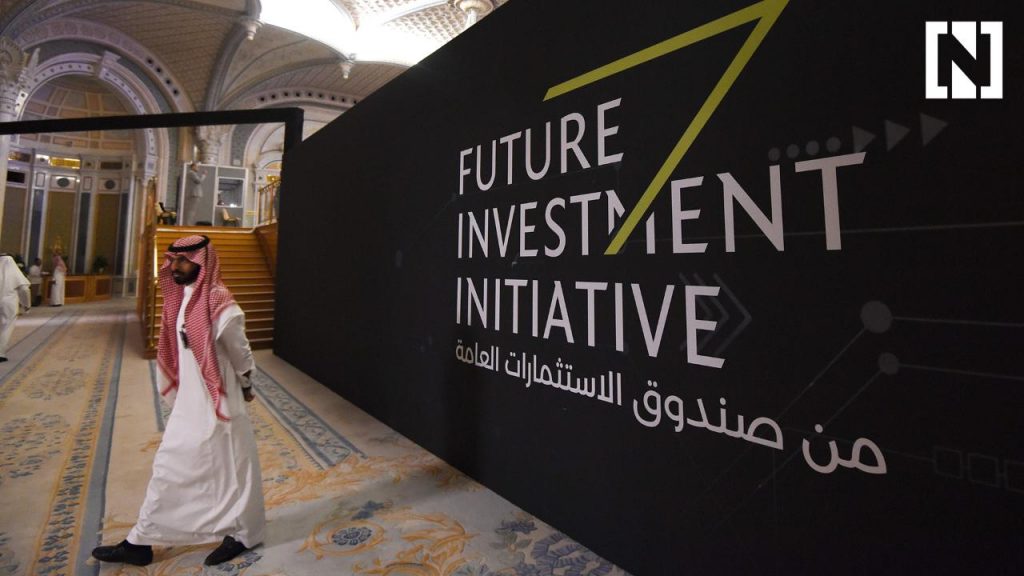The World Future Energy Dubai summit is the leading event worldwide that connects hundreds of international suppliers. It is decision makers and thought leaders across the entire renewable energy industry. Network, do business and gain insights into the latest industry trends. And advancements dedicate energy sectors in one place over four fully pack business days.
It is time for a shift in thinking when it comes to planning smart cities. Though with a key factor being their ability to adapt to future needs, a Dubai summit announce yesterday.
With 1.3 million people moving into cities around the world each week. Future needs and demands on resources are becoming harder to identify.
“It is stretching resources beyond what cities are built for”. Michael Lake, president and chief executive of Leading Cities, inform the Arab Future Cities Summit. “Our infrastructure is stretch so far beyond our limits that our systems shut down, like in Boston:.
“We can no longer think of cities in long-term planning. We can’t rely on today’s information to predict the future of today’s city.”
Leading Cities is a network of 10 cities, including Boston and Rio De Janeiro, that promotes innovation and technology.
However Mr Lake inform that the developing plans that could adjust to make a city more sustainable.
“With 70 per cent of the entire world population living in cities in a few decades. Also the world is looking at people like us to make the right decision and build the cities of the future”.
Cities including Dubai have a road-map of how to tackle various challenges. And its 2021 plan was outlined at the summit, addressing its urban, built and natural asset environments.
“It’s built on the economy, which we see as the engine of the city,” said Samira Al Rais, director of sustainable development at the General Secretariat of the Executive Council of Dubai.
“Some of the themes of the plan are for a smart and sustainable city inclusive and cohesive society and a creative and happy city. We developed around 600 programs in the plan.”
As such, Dubai’s Government aims to ensure 20 per cent of trips by road are on public transport. This compare with 16 per cent today. It also aims to have emergency services reach the scenes of accidents in an average of four minutes.
The city aims to have 90 per cent of the days in a year clear of all air pollutants.
The largest contributor to air pollution in Dubai is road transport, at 51.7 per cent, followed by industry at 18.6 per cent, air traffic at 10 per cent, energy at 9.6 per cent and sea traffic at 8.8 per cent.
As for greenhouse emissions, water and electricity top the list at 39 per cent, followed by industry at 30 per cent, road transport at 19 per cent and waste at 12 per cent.
And with an expected 564 million transport passengers estimated by 2021, compared to 362 million today, projects are in the pipeline to help meet those targets.
“Fifteen per cent of Dubai’s taxis will be hybrid by 2021 and we want to increase the walkability and bikeability of the city as well as electric and hybrid vehicles,” Ms Al Rais said.
Future Transport Plans of Dubai
“By 2030, we have a target of 25 per cent of solar installed capacity. We want to increase the penetration of district cooling by 40 per cent and save 18 per cent of energy.
“We want to build and operate Maktoum International Airport as a carbon-neutral airport and operate it using zero conventional energy.”
The United Nations Department of Economic and Social Affairs says managing urban areas has become one of the most important development challenges of the 21st century.
Though cities today don’t stand alone, they connect with one another, inform by Dr Abdullah AlNuaimi, Minister of Infrastructure and Development. “Today we look at smart cities as a part of our social ecological system, not only as a shelter.
“What we see today in the UAE is people getting together in a sporty lifestyle and we have eight cities under construction that encompass schools, clinics, sports centres, markets, roads, lighting and tracks for families, with another two in the pipeline for next year.”
However another 3,500 resident units will add annually by 2030 when Dubai’s population is expect to reach 5.2 million. This number will increase with 25 per cent more energy needs.
